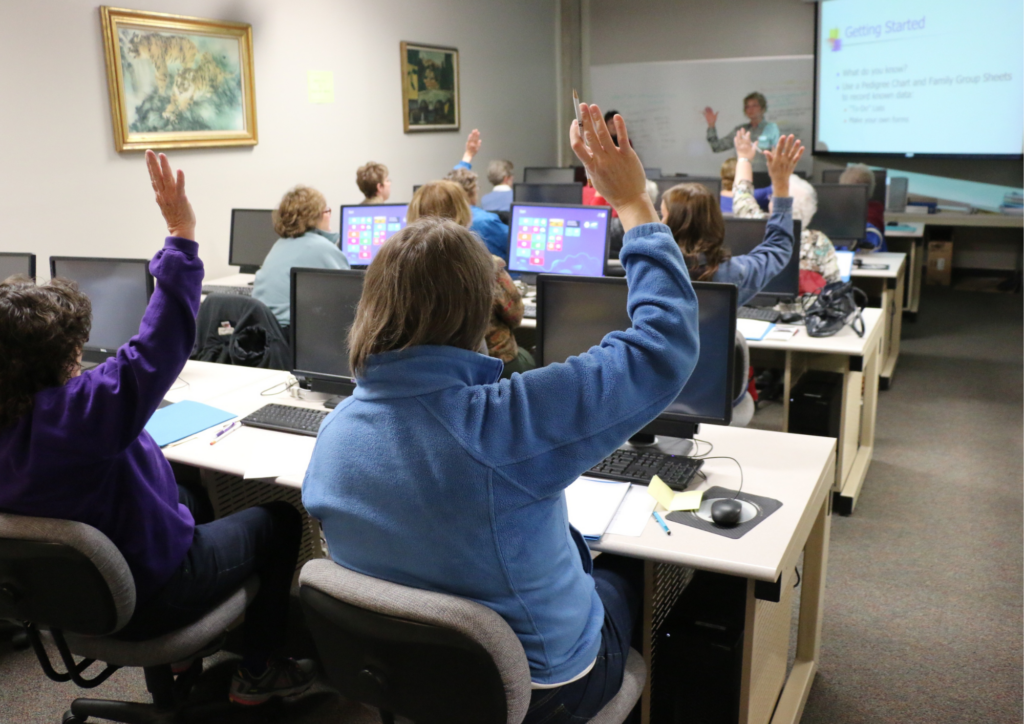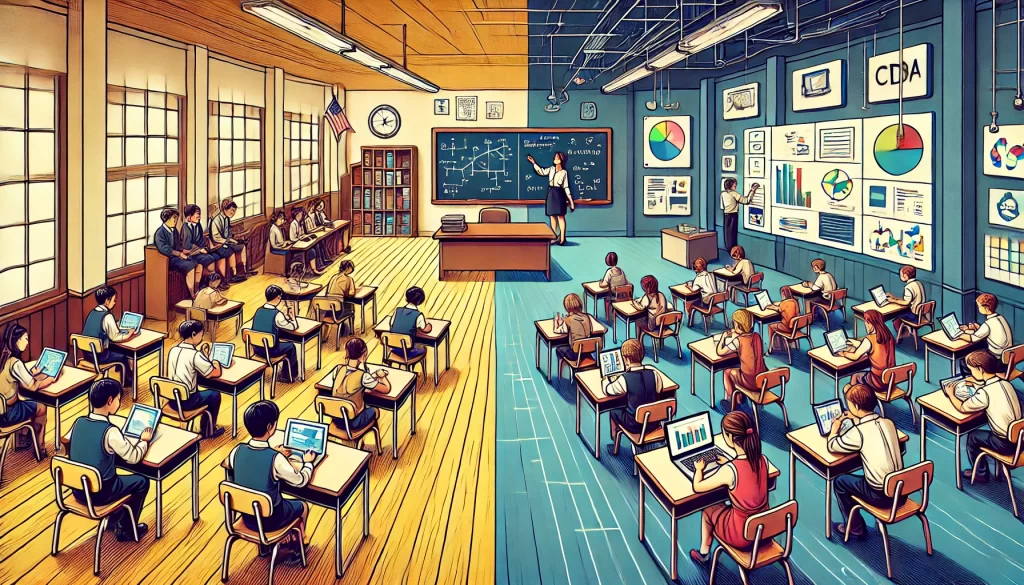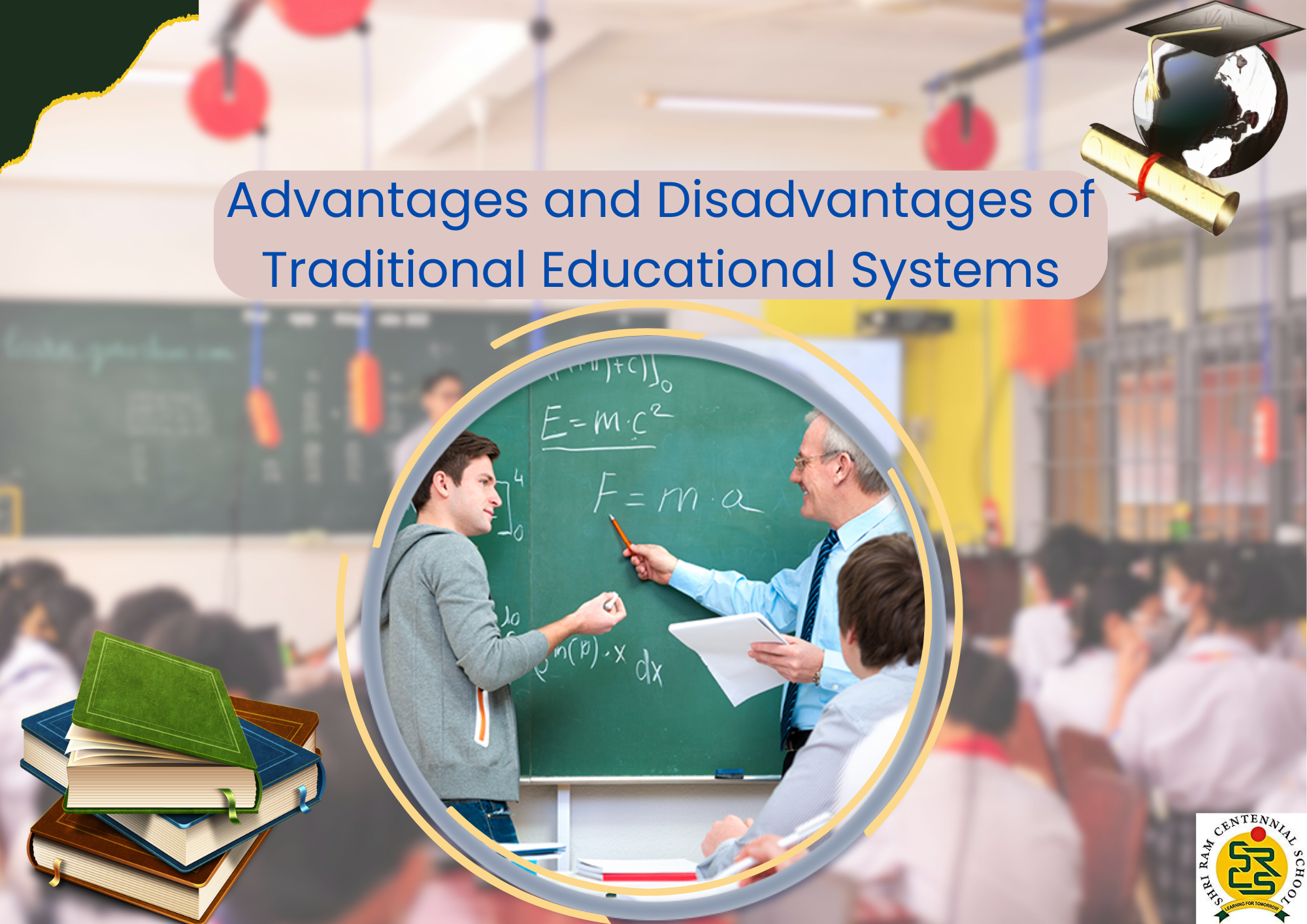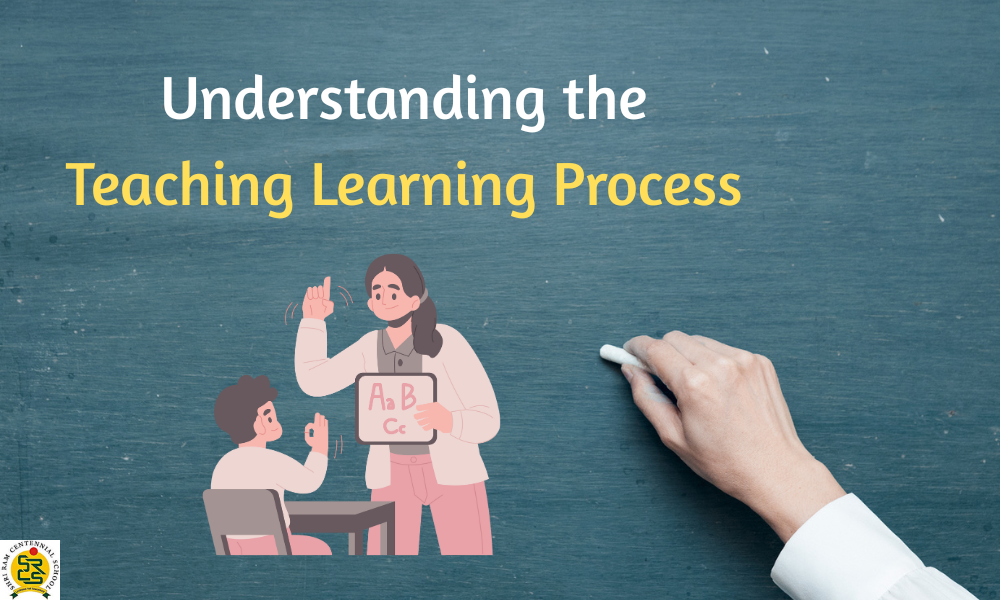In today’s world, Shri Ram Centennial School education serves as the cornerstone for shaping young minds and preparing them for a dynamic future. Traditional educational systems have long been the backbone of learning, offering a structured and disciplined approach.
Boarding schools in Dehradun, known for their rigorous academic frameworks, are an example of how these systems continue to be implemented effectively. But as times change, the question arises: how do traditional educational systems fare in today’s context?
Table of Contents
ToggleWhat Are Traditional Educational Systems?
 Traditional educational systems refer to a method of learning that emphasizes structured classroom teaching, a fixed curriculum, and teacher-centered instruction.
Traditional educational systems refer to a method of learning that emphasizes structured classroom teaching, a fixed curriculum, and teacher-centered instruction.
These systems are designed to provide foundational knowledge and instill discipline in students. Schools following these systems rely heavily on textbooks, classroom lectures, and standardized assessments to measure academic performance.
It like this are time-tested and have been instrumental in producing generations of well-educated individuals. However, they also face criticism for their rigidity and lack of adaptability.
With advancements in technology and changing societal needs, traditional educational systems often struggle to keep pace with modern demands.
Advantages of Traditional Educational Systems
1. Structured and Disciplined Learning Environment
Traditional educational systems excel in providing a structured environment where students follow a clear schedule and curriculum. This approach instills discipline and a sense of responsibility, ensuring students stay focused on their studies.
2. Emphasis on Foundational Knowledge
One of the most significant advantages of these educational systems is their focus on core subjects like mathematics, science, and languages. By mastering these, students build a solid academic foundation that prepares them for future learning.
3. Strong Teacher-Student Interaction
In traditional setups, teachers play a pivotal role as mentors. The close interaction between students and teachers fosters trust and ensures that students receive personalized guidance when needed.
4. Proven Track Record of Success
Traditional educational systems have a history of producing successful individuals who excel in academics and professional fields. Their time-tested methods create a sense of reliability and trust among parents.
5. Focus on Extracurricular Activities
Many schools, including Boarding Schools in Dehradun, blend traditional academics with extracurricular activities like sports, arts, and music, ensuring overall development.
Disadvantages of Traditional Educational Systems
1. Limited Adaptability to Individual Needs
One major drawback of traditional educational systems is their inability to cater to diverse learning styles. The one-size-fits-all approach often leaves some students struggling to keep up.
2. Overemphasis on Memorization
These systems frequently prioritize rote learning and examination results, which can stifle creativity and critical thinking. Students may focus more on memorizing facts than understanding concepts.
3. Resistance to Technological Integration
In the digital age, the slow adoption of technology in traditional educational systems poses a challenge. This gap can leave students underprepared for modern technological demands.
4. Stressful Learning Environment
The pressure to perform well in exams and adhere to a rigid curriculum can create stress and anxiety among students, affecting their mental health.
5. Lack of Real-World Applications
Traditional educational systems often emphasize theoretical knowledge over practical applications. This can leave students ill-equipped to handle real-world challenges effectively.
The Role of Educational Systems in Modern Times

While traditional educational systems have their merits, it’s crucial to adapt them to meet the needs of today’s students.
Schools must integrate technology, encourage creativity, and focus on holistic development.
Boarding Schools in Dehradun are setting an example by blending traditional methods with modern approaches, creating a balanced environment that nurtures both academic and personal growth.
These institutions understand that the future of education lies in finding harmony between the old and the new.
Finding a Balance: Traditional vs. Modern Educational Systems

Modern educational systems emphasize innovation, creativity, and technology-driven learning. They allow flexibility, encourage independent thinking, and prepare students for global challenges. However, they often lack the discipline and structure that traditional systems provide.
In today must find a way to combine the strengths of both approaches. By maintaining the discipline of traditional systems while embracing the adaptability of modern methods, schools can create an ideal learning environment.
Conclusion
Traditional educational systems have long been a cornerstone of learning, offering structure, discipline, and a focus on foundational knowledge. However, they are not without flaws. The rigidity, overemphasis on exams, and limited use of technology highlight areas that need improvement.
It includes Boarding Schools in Dehradun, are evolving to bridge this gap. By blending traditional methods with modern innovations, these schools are preparing students to face the future with confidence.
For parents and students, understanding the advantages and disadvantages of traditional educational systems is essential.
Choosing an institution that balances structure with adaptability ensures that students receive an education that equips them for both academic success and life beyond the classroom.










